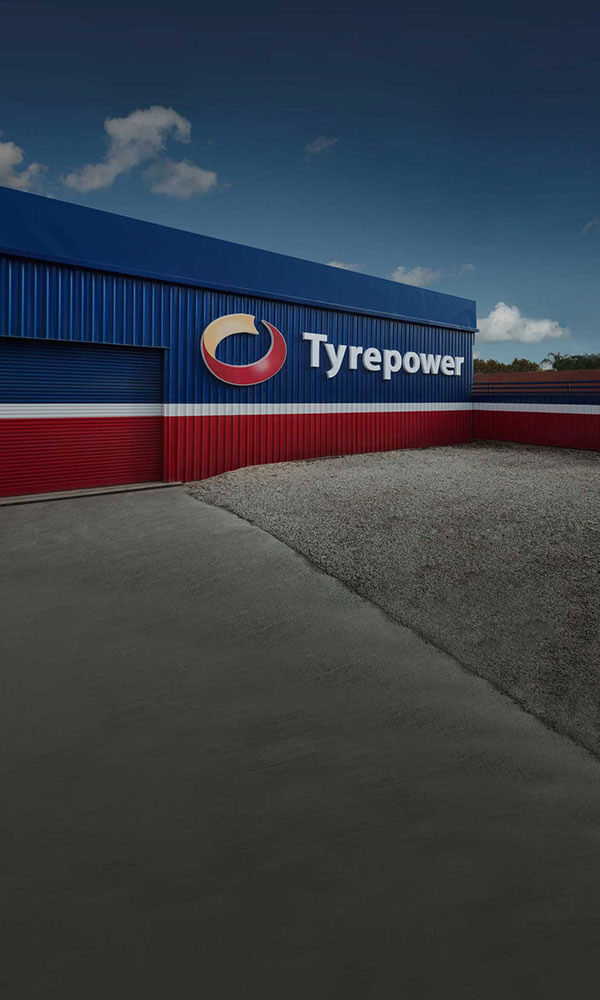What are Low Profile Tyres and What are They Used For?
Every car leaves the factory equipped with a tyre size recommended by the manufacturer. However, drivers can choose the size that best suits their needs from a wide range of products available on the market. Low profile tyres have a relatively low side height from rim to road in relation to its cross-section width.
Some choose to change the width of the tyre profile for aesthetic reasons, while others want to make a difference in terms of driving comfort. Low profile tyres can provide benefits in both areas. However, it’s essential to do your homework and get an expert to specify and fit your new tyres to avoid potential problems.
What are Low Profile Tyres Used For?
Low profile tyres are most commonly used are on sports cars to improve a vehicle’s handling, performance and overall looks. Whether you should get low profile tyres depends on what is more important to you - a smooth ride and more practical use or better performance and a cooler look.
However, you should prepare to upgrade your suspension, install larger rims and brakes and calculate the right sizes. You may also need to buy new tyres more often if you want to maintain a high level of responsiveness and performance.
Benefits of Low-Profile Tyres
Low profile tyres have many benefits and are great for those with sportier cars. This is especially true when it comes to performance as a wider contact patch area and stiffer sidewalls provide improved handling, especially at higher speeds.
- Grip - Low profile tyres have larger tread blocks, improving traction on dry smooth surfaces as well as in rainy weather with directional tyres.
- Braking - Larger rims on low profile tyres offers the opportunity to get bigger brakes, which can reduce braking distance drastically.
- Cornering - Stiff short sidewalls don’t flex as much, meaning a sharper wheel response and more efficient cornering on smooth roads.
- Fuel efficiency - Lower rolling resistance due to shorter, stiffer sidewalls mean better fuel economy. Low profile tyres can reduce fuel consumption by 15 to 20 per cent at low speeds and up to 35 per cent at higher speeds.
Downsides of Low-Profile Tyres
The short, stiff sidewalls of low-profile tyres mean less shock absorption. Sidewalls process a large part of the impact from bumps and potholes. However, low profile tyres can’t absorb much causing the spring rate to rise up.
- Rough ride - A higher spring rate means a rougher ride. The tyre has 10 times more contribution to the spring rate than the suspension or seat cushion, meaning you will feel a rougher ride even if you upgrade these other aspects.
- Faster wear - Low profile tyres provide better grip at the cost of faster wear, especially if you overload your vehicle, corner too hard or drive at elevation often.
- Damage vulnerability - Low profile tyres make your car more vulnerable to damage. This includes tyre deflation, pincher cuts (the rim cutting through the tyre sidewall) and problems with suspension and electronic stability systems if not adapted properly.
Need Your Tyres Checked or Replaced?
With locations all across Australia, Tyrepower can help you prepare for your next road trip by ensuring your car is in great condition. Whether you need new tyres, a wheel alignment or any other preventative maintenance for your vehicle, we can help. We’re proud to offer great tyre deals from brands like Kumho tyres, Goodyear tyres, Continental tyres, Maxxis tyres, Hankook tyres, Michelin tyres, Pirelli tyres and Toyo tyres.
Find your closest tyre shop and call (02) 9477 7117 today.

